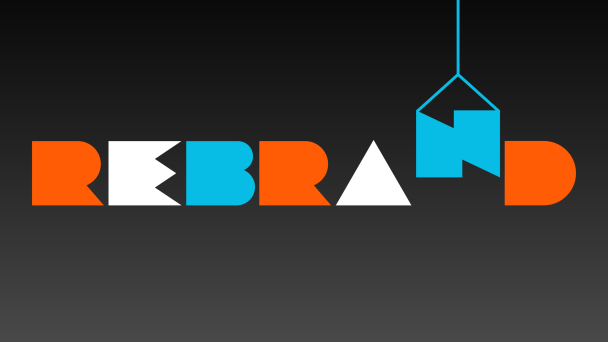By Jillian Haynes, Senior Director
Branding efforts can feel like a massive undertaking, from finding the right partner and budgeting to rounds of revisions and final approval. Achieving a finalized brand platform marks a significant milestone, but many leaders fail to realize that the brand launch is just the beginning.
The next phase, implementation, is an ongoing and intentional endeavor that determines the ultimate success of the new brand. Sometimes considered an afterthought, planning and executing the new brand across a company’s key touchpoints is arguably the most important step you can take to protect and capitalize on your brand investment. Here are five roll-out tactics you can employ during the branding project to ensure the next phase goes smoothly and your new brand is built to last.
1. Set the (internal) stage
As the ambassadors of a company, employees are a key audience with which to communicate the rationale behind a new branding project. A lack of clarity around a brand transition can lead to skepticism and resistance. By bringing your team along with you in the decision-making process, you can garner excitement and create the right environment for success. When tailoring this internal communication, it is essential to outline an internal communication strategy to consider who needs to know what information and in what order it should be shared.
2. Determine your brand launch timeline
The initial phase of a rebranding effort can take four to six months, but sometimes, external factors force the consolidation of the timeline. While a shorter timeline is feasible, it is worth examining whether it is truly necessary. An internal board meeting or industry event might be a great opportunity to unveil a new brand, but if the process and end product are sacrificed in favor of an artificial deadline, it might be in a company’s best interest to delay the launch. If a tight timeline cannot be avoided, there are some tricks that will save time in the long run. Printing a short run of affordable business cards and publishing a splash page with the new branding while longer-term and higher-dollar collateral are developed may be sufficient for the interim. Rushing the implementation of a new brand can lead to unforeseen issues, and as the Navy SEALs say, “Slow is smooth, and smooth is fast.”
3. Assess and prioritize your brand’s touchpoints
Launching a new brand can feel overwhelming, but it is a process that can roll out in phases. By auditing the entirety of a company’s branded materials, teams can consider aspects like visibility, audience, level of effort, and cost to determine the priority of each brand touchpoint.
- Does your company utilize dozens of slide decks that could need to be converted to the new look and feel?
- Would an explainer video really help deliver your messaging to the market?
- Will a simple reskin of your website suffice, or does the new brand warrant a complete overhaul?
From there, a team must decide on their timeline for the implementation strategy and whether the efforts can be undertaken internally or require support. Once these touchpoints have been assessed, it is critical to factor in the costs of these downstream efforts into the overall branding budget.
4. Centralize your resources to empower employees
Whether through SharePoint, Google Drive, or a custom-built digital asset management (DAM) system, ensuring the new brand’s assets are widely available is critical to the success of a new branding initiative. At a minimum, a company should have a basic set of brand guidelines, logos exported for various uses with the appropriate tagline or descriptor lock-ups, and some vital business tools like letterhead, business cards, and presentation templates ready to share. Beyond that, bespoke collateral such as icon and photo libraries, one-sheets, and thought leadership design templates should be considered based on the team’s needs. Without easily accessible and centralized resources, individual contributors are more likely to “go rogue” in creating their own branded material or resort to familiar templates in the old brand, causing confusion and diluting the new brand’s impact.
5. Designate a brand champion
As the new brand is adopted externally, it is crucial to have a team or individual in place to ensure each new instance of its use appropriately embodies the messaging and appearance of the new brand. An internal brand champion helps the team take ownership of the new brand and guards against quality control issues by fielding questions, supporting colleagues, correcting missteps, and gathering the information needed to guide implementation. This person or team should be armed with the intuition to detect when the brand has veered off course and the authority to steer team members toward a good solution.
Too good to fail
Through thoughtful planning, consideration of downstream efforts, and thorough communication, the momentum of a rebrand will not be lost once implementation is underway.
A branding initiative may seem daunting, but with the right approach, it can be accomplished one bite at a time.
Do you need to refresh your brand?
If your company is experiencing any of these 10 signs, it might be time for an update.







